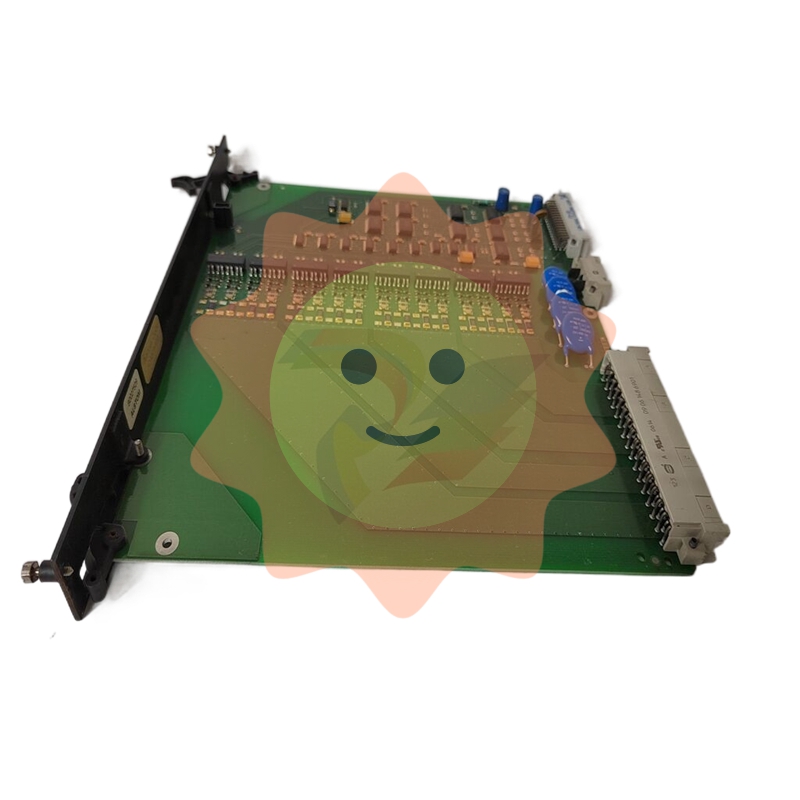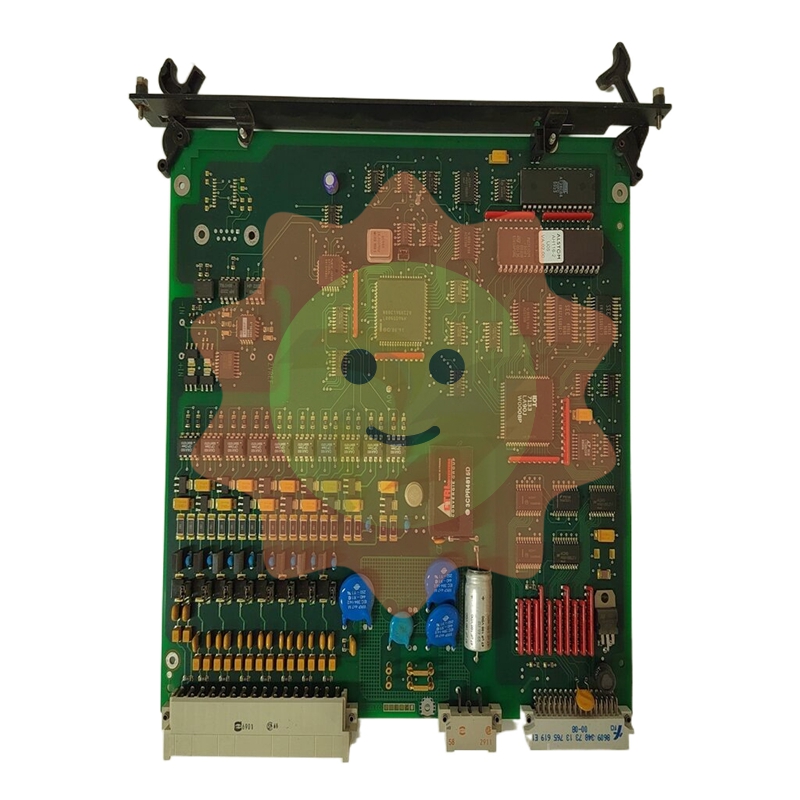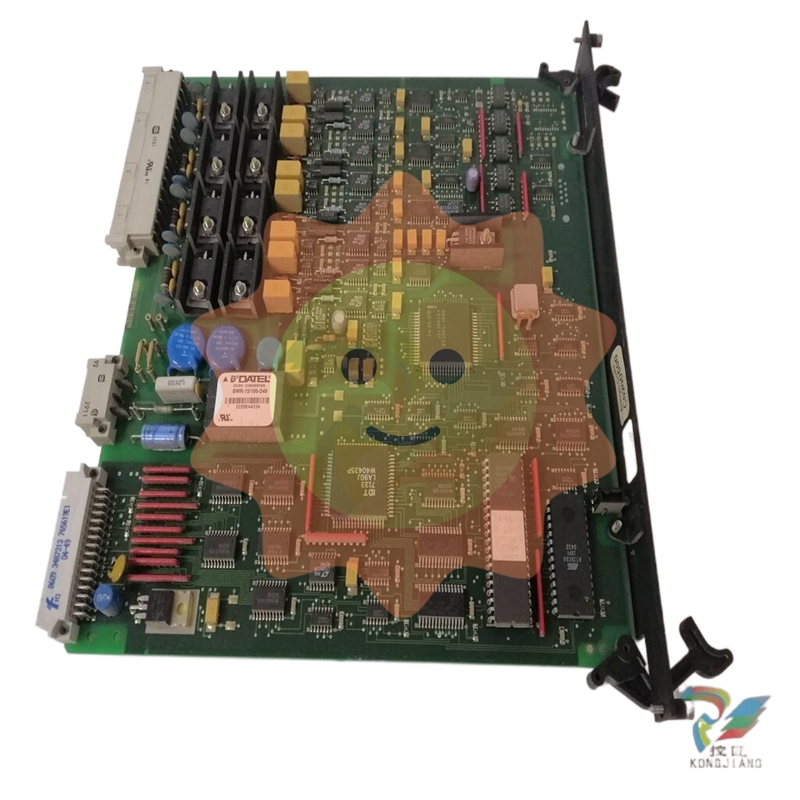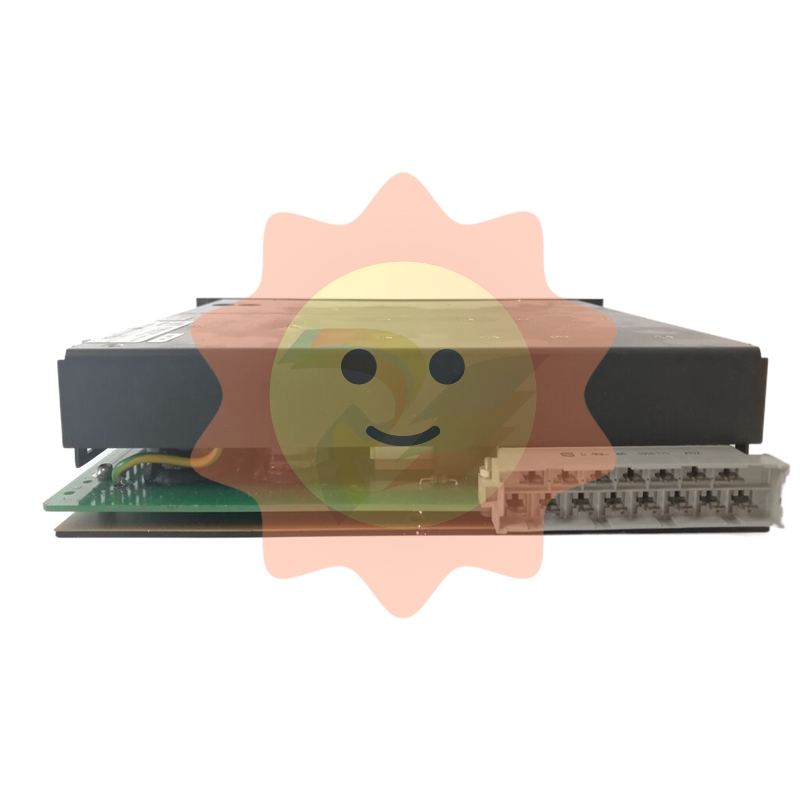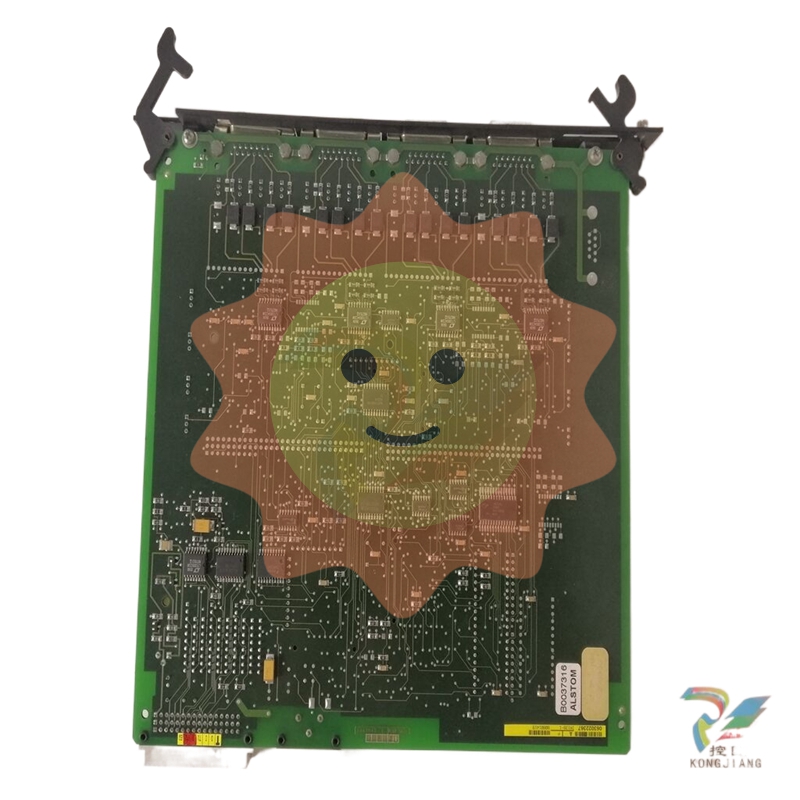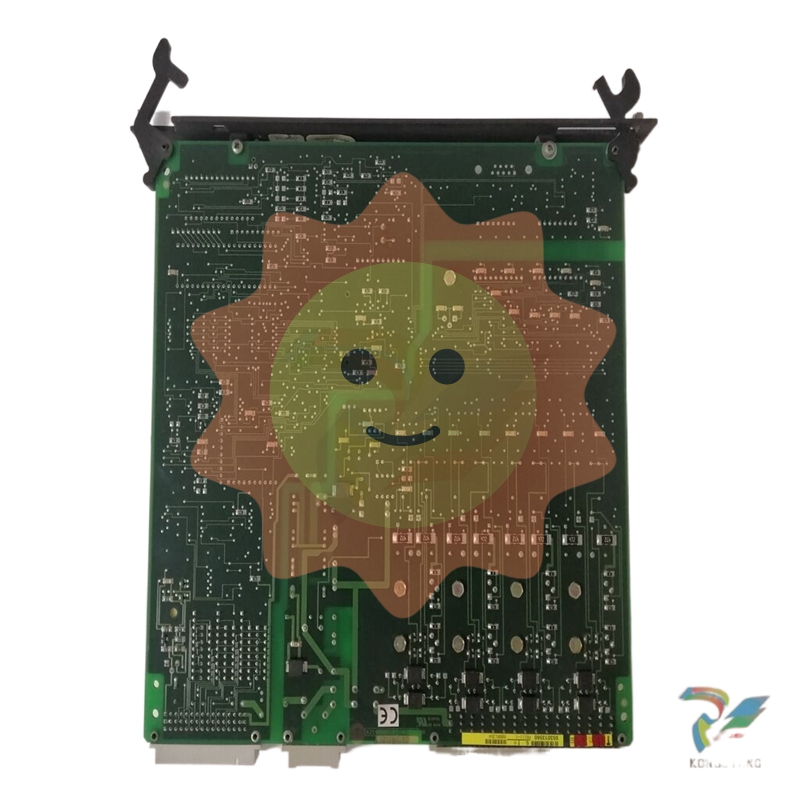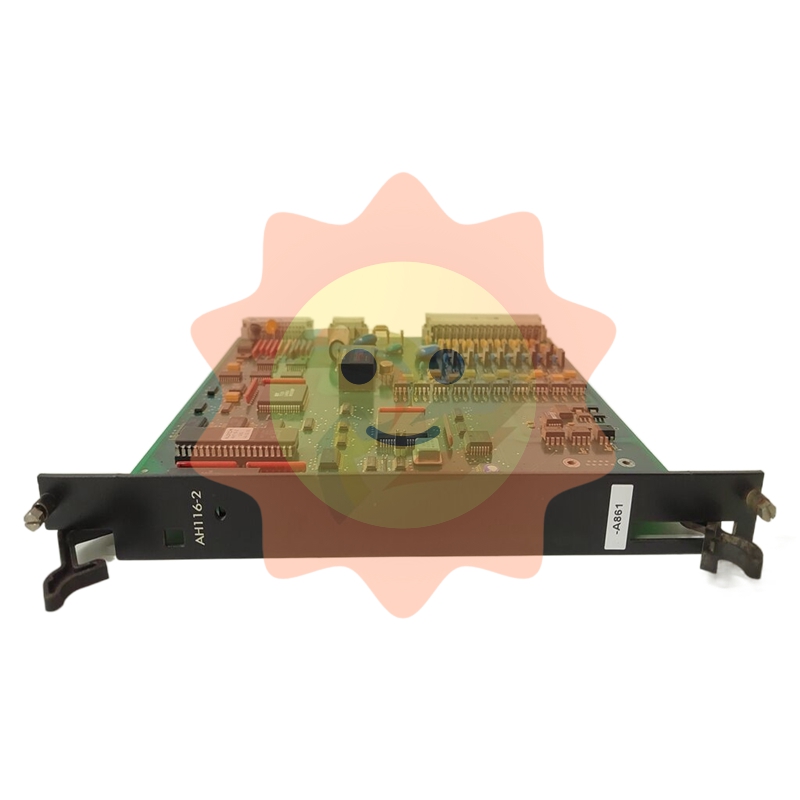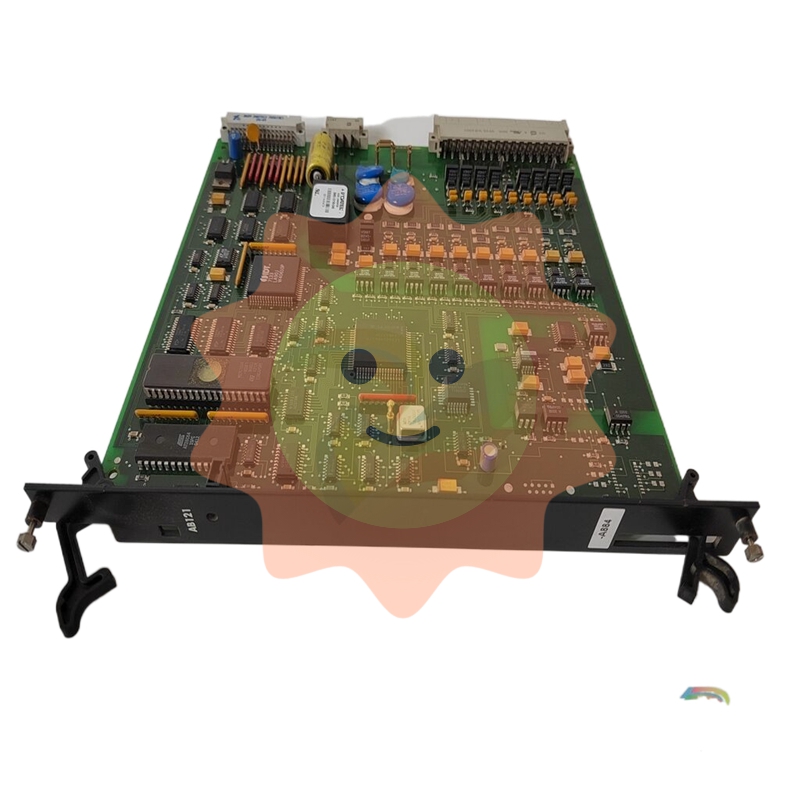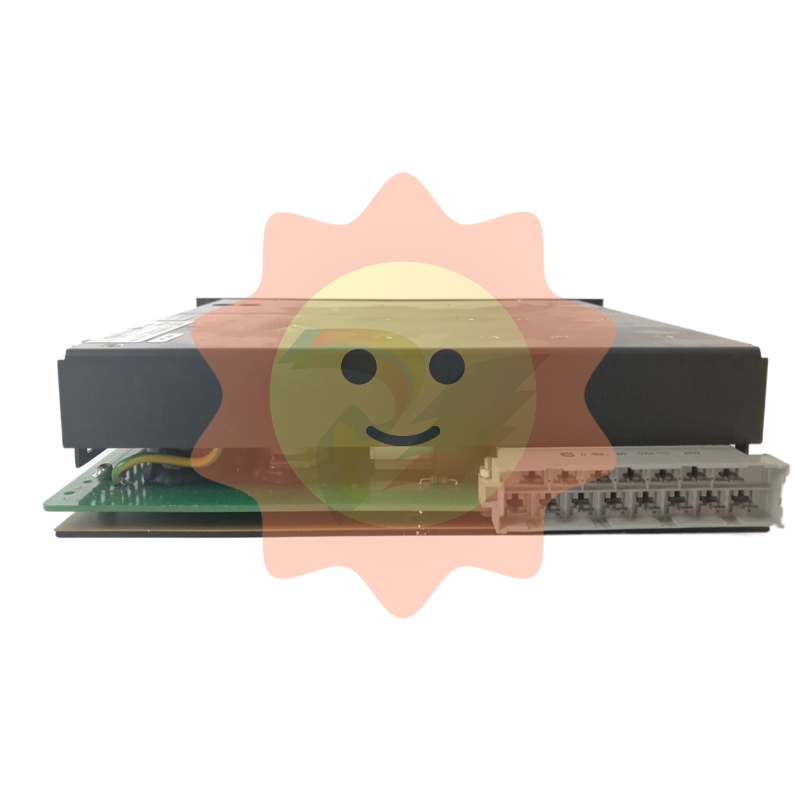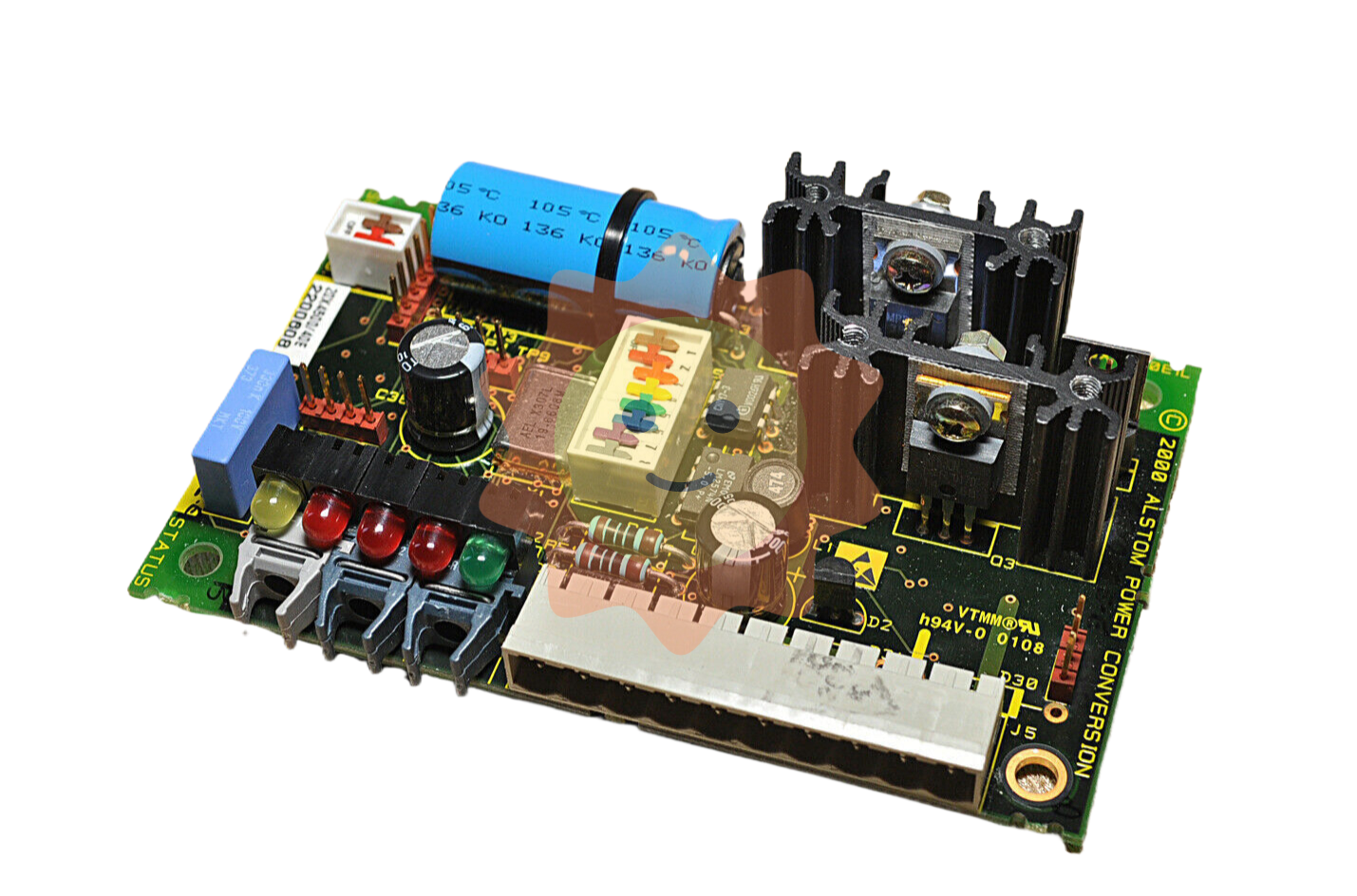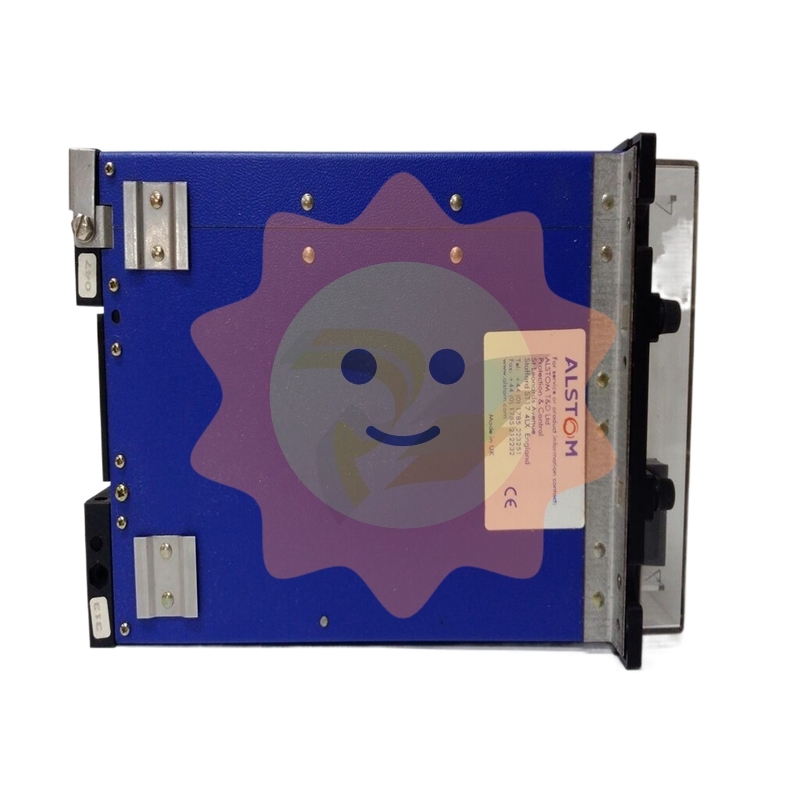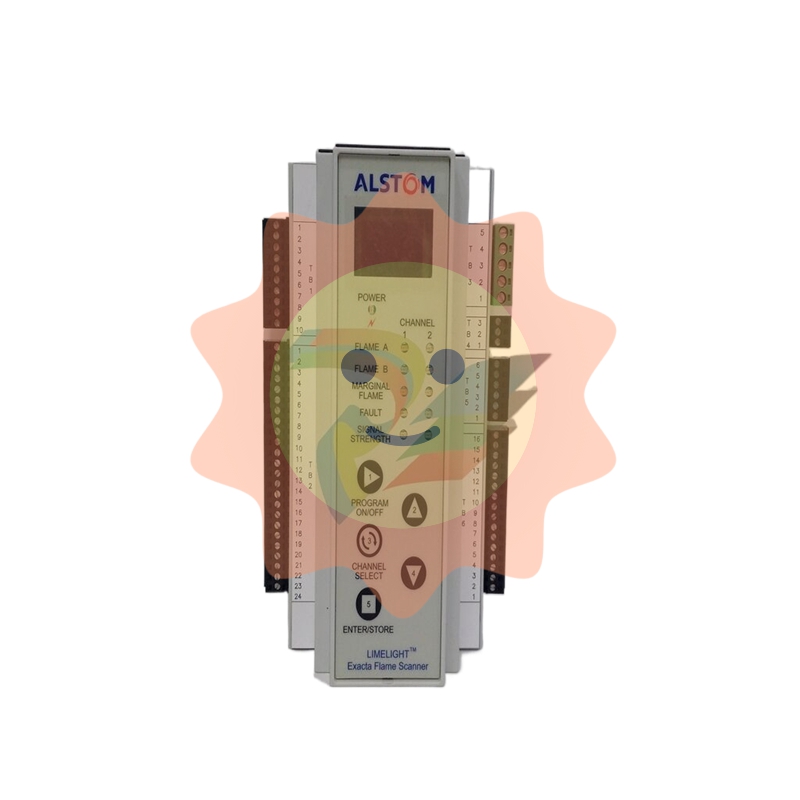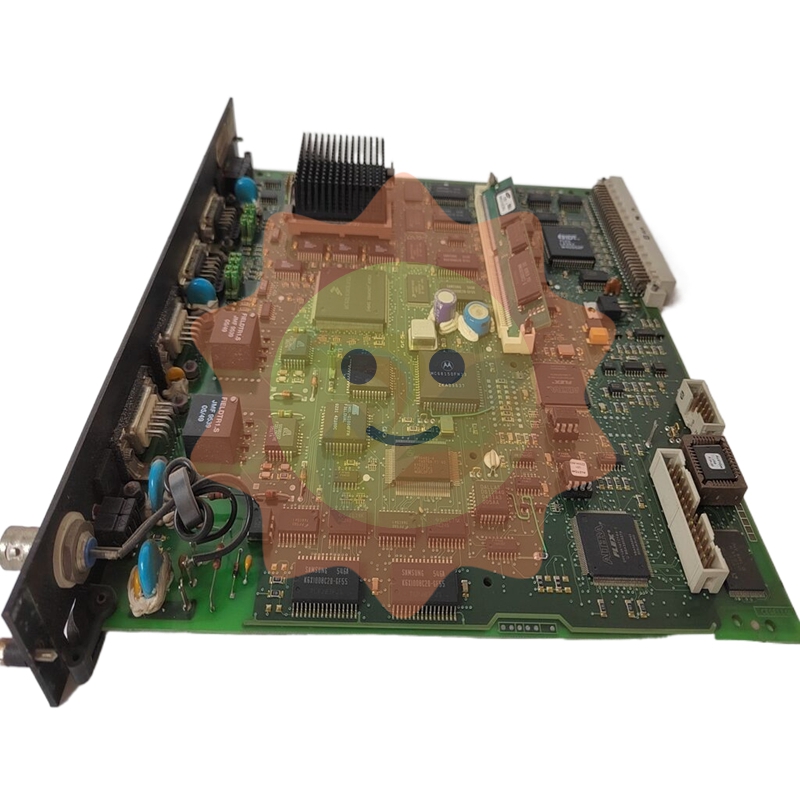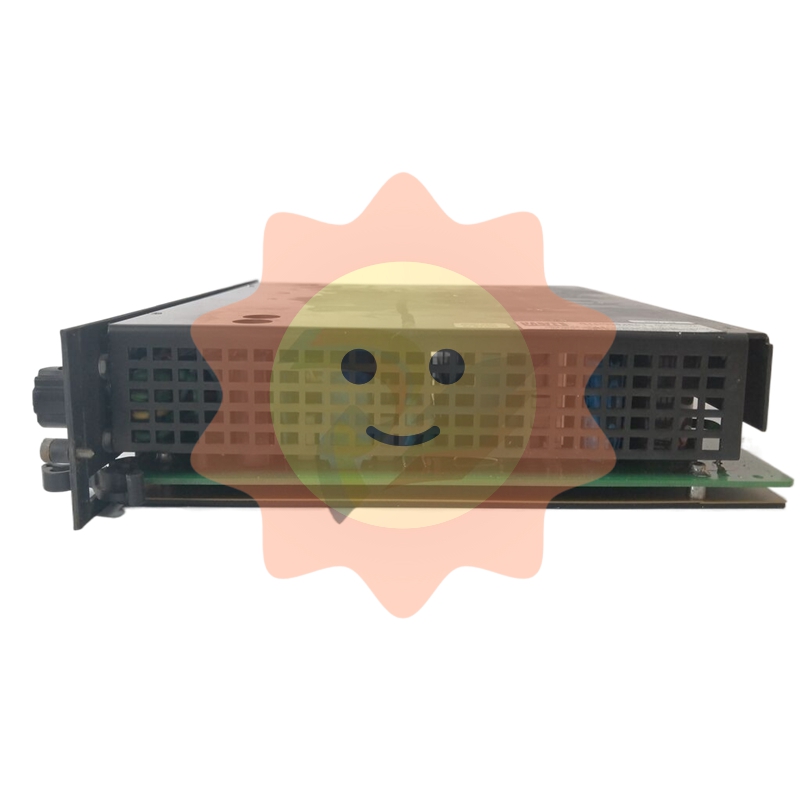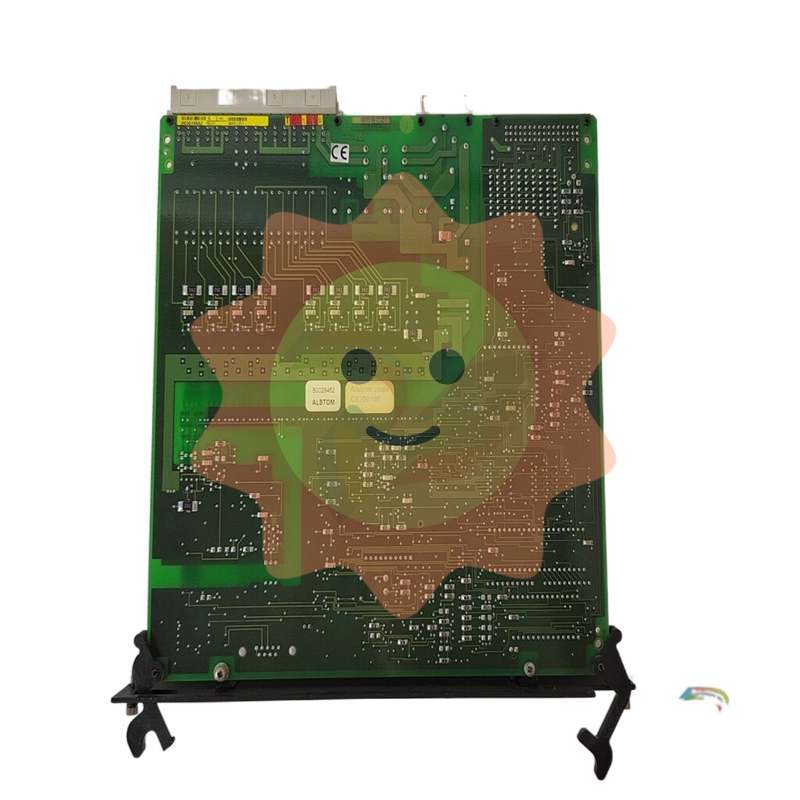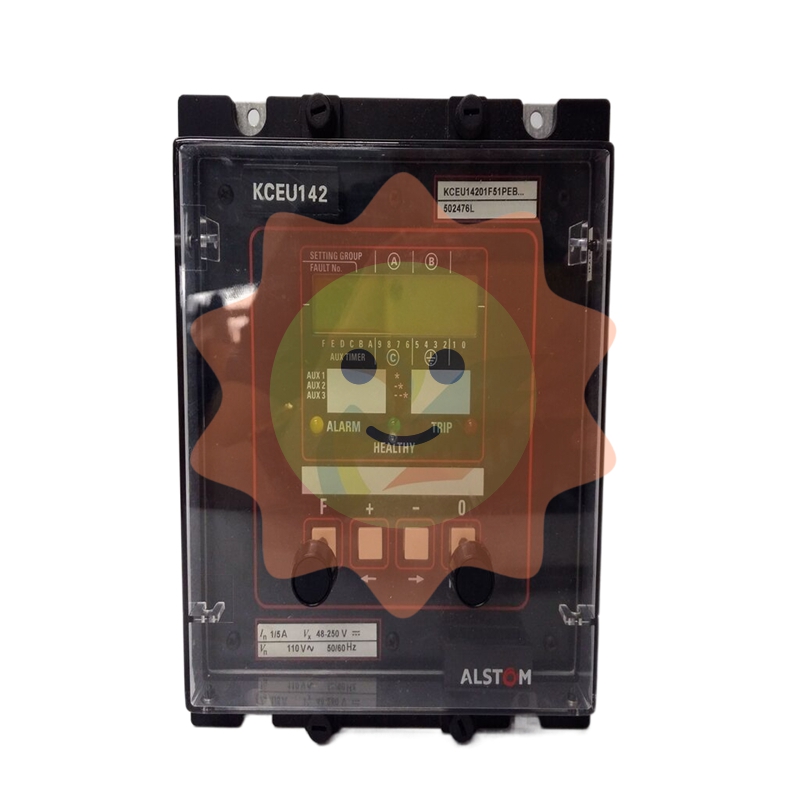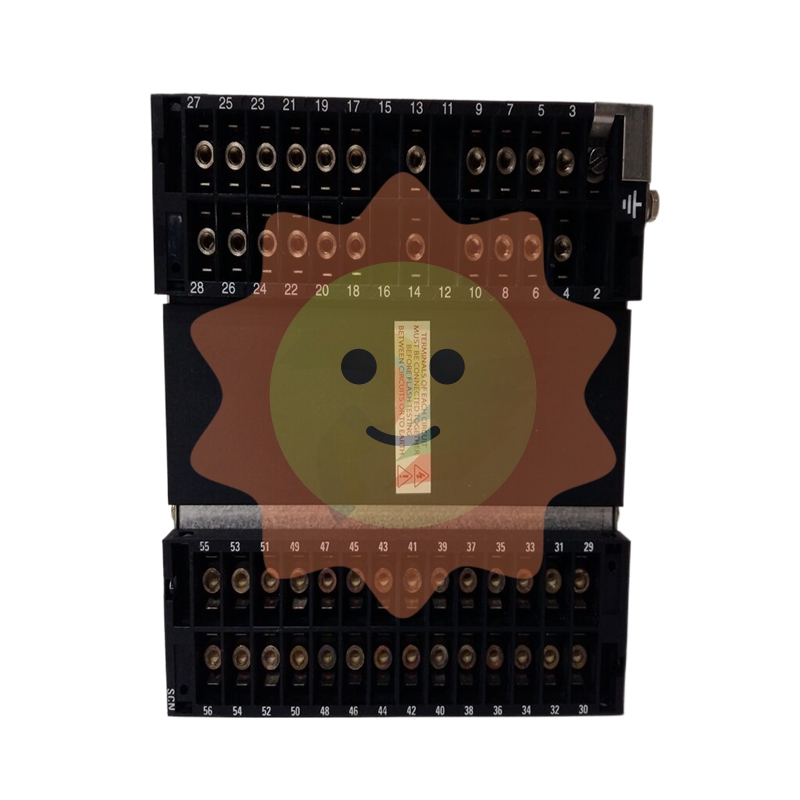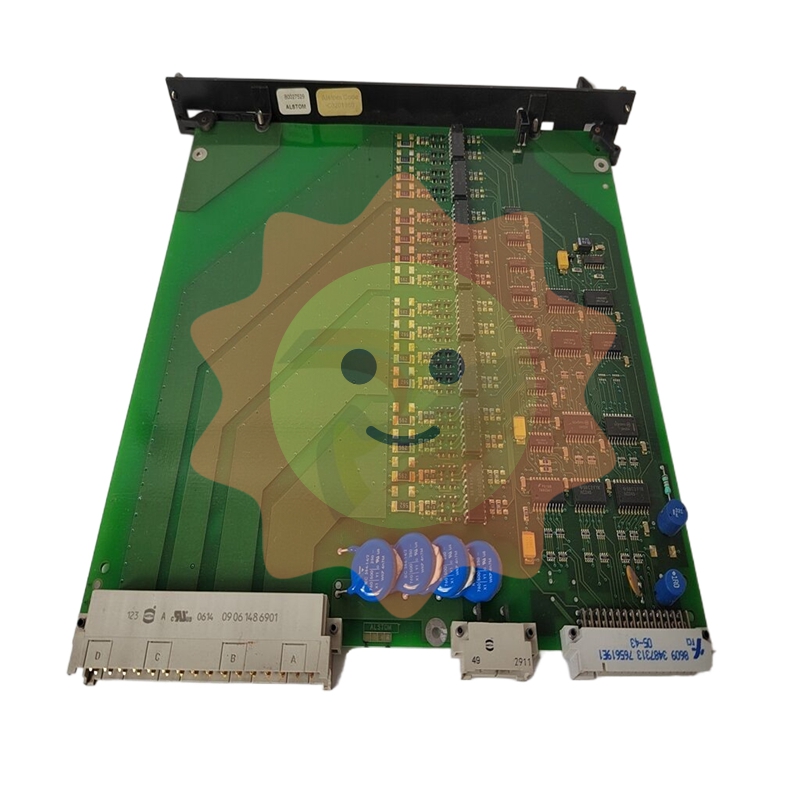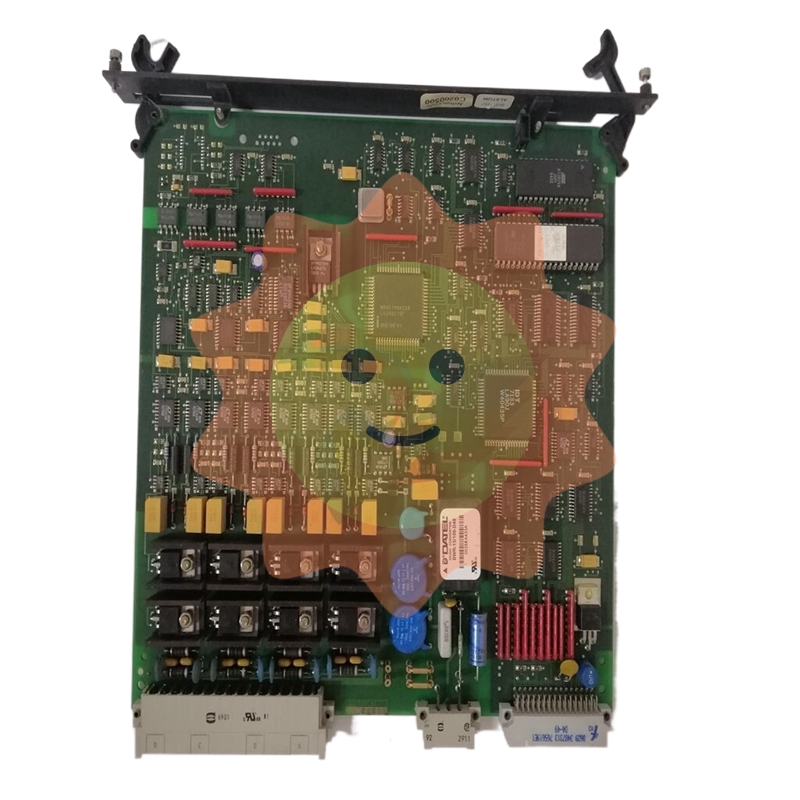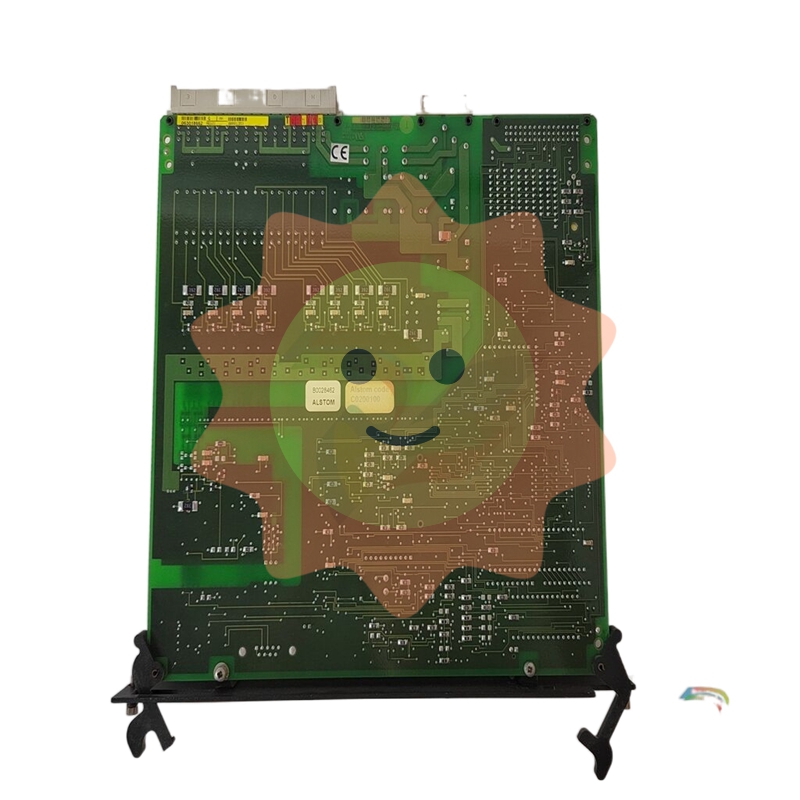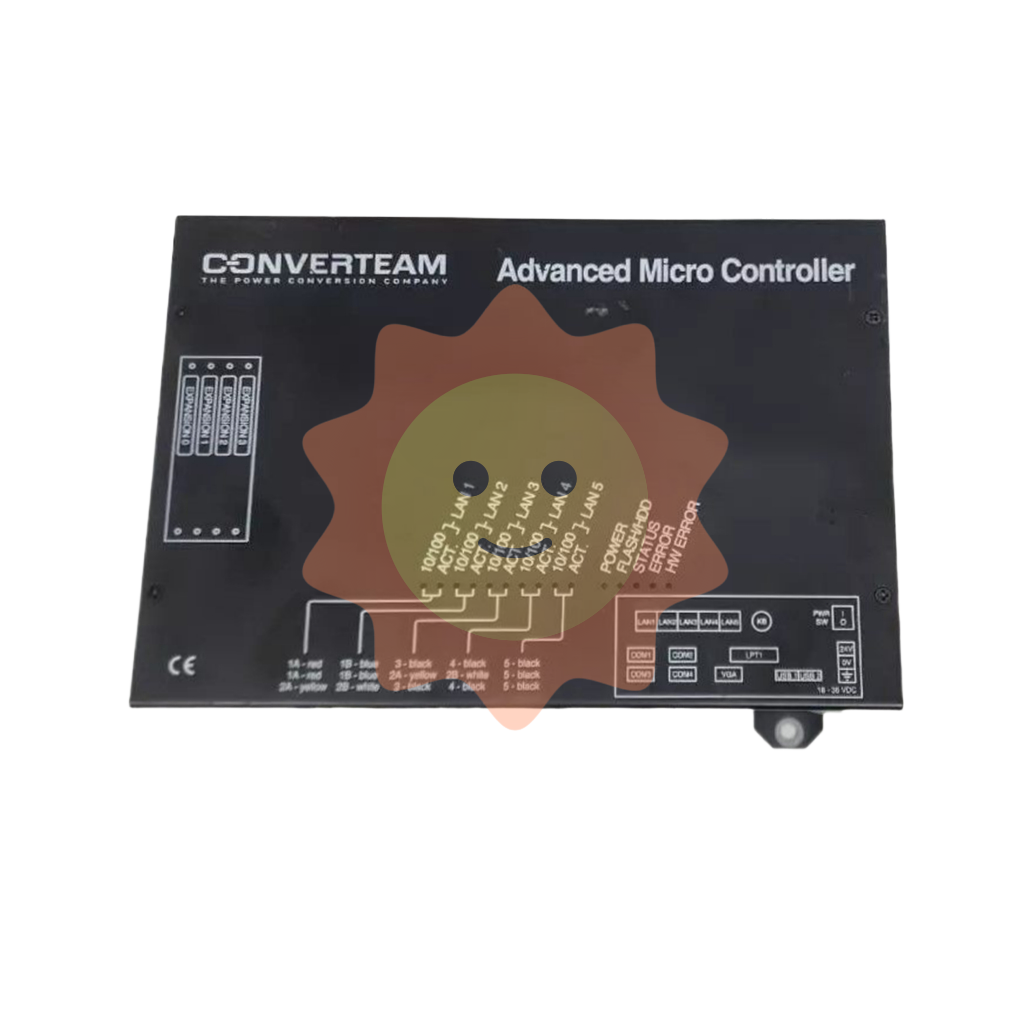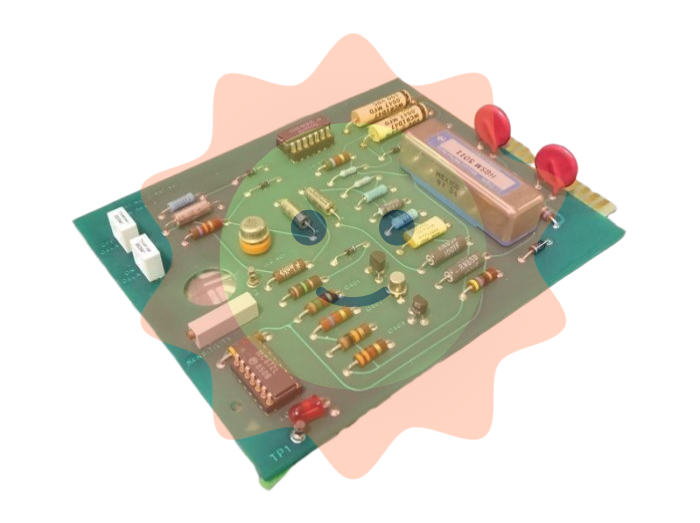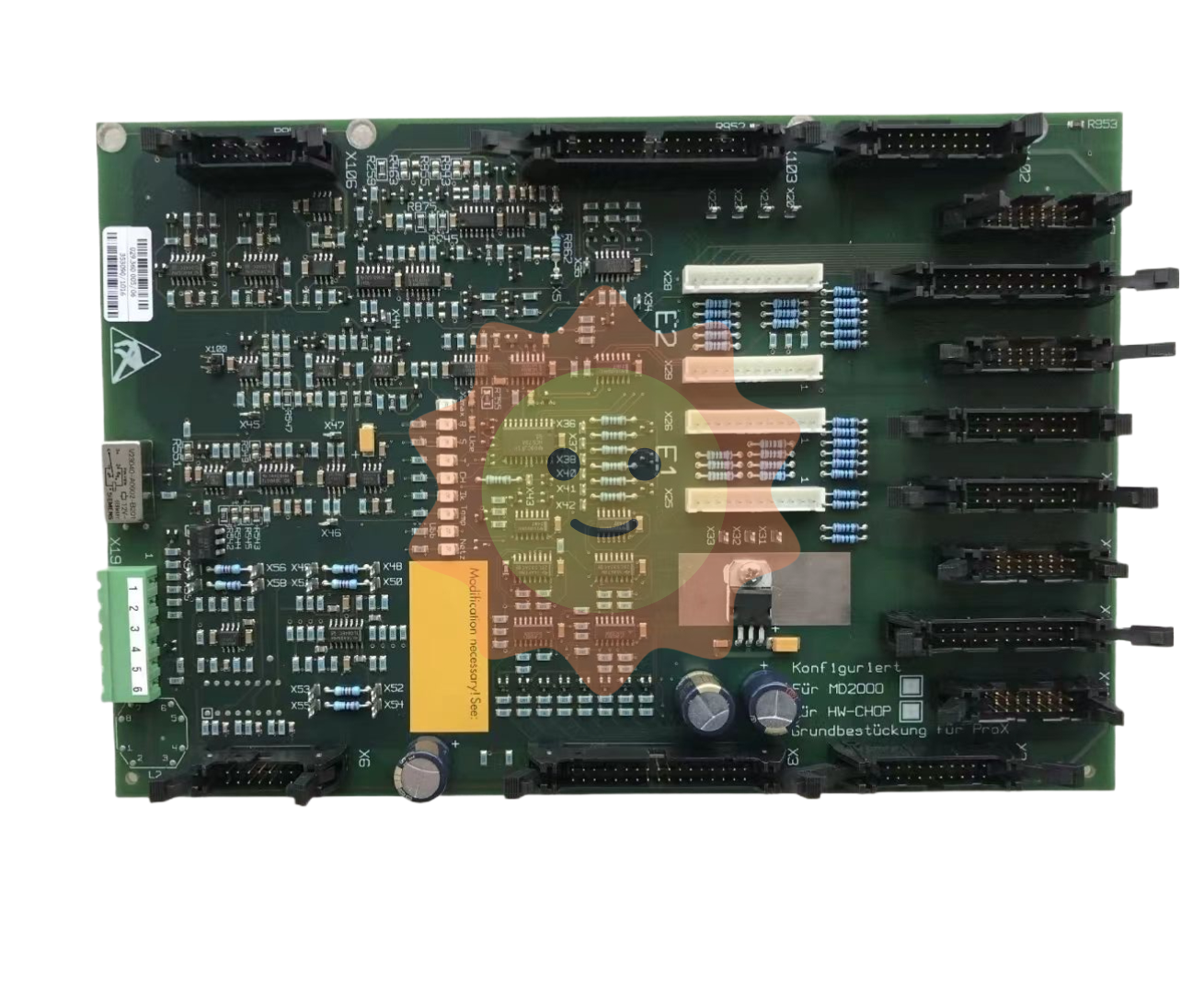Progress in research and application of oscillating water column wave power generation devices
Ocean wave energy reserves are huge, and the annual reserves of exploitable wave energy in the world can reach 2 TW[1]. Compared with renewable energy sources such as solar and wind energy, the energy density of wave energy is about 5 times that of wind energy and 15 times that of solar energy [2]. The total amount of wave energy storage is much greater than that of wind energy, with only small energy loss during transmission [3], and wave power can be generated 90% of the time in a year (20% to 30% for wind and solar) [4]. In addition, 37% of the world's population lives within 90 km of the coast, so the development of wave energy is of great practical importance. Many countries around the world have wave energy development test bases, and countries such as the United Kingdom, Portugal and Australia have established wave energy power plants and successfully supplied electricity [5]. These Wave energy generation devices can be classified according to their arrangement, such as the shore-based Terminator, the LIMPET that uses the oscillating water column, the Attenuator shaped like a sea snake, the Wave Dragon, and the point float AquaBuoy. Among them, the wave power generation device based on the principle of oscillating water column (OWC) is currently the most successful and widely used. In China, small OWC beacon lights have been mass-produced and exported, but the development of large OWC wave energy conversion devices has been slow and has not been connected to the grid. In this study, the basic principle of OWC wave energy conversion device is introduced, and the research and development of OWC wave energy generation device at home and abroad is summarized and prospected.
1OWC wave energy conversion principle and advantages
At present, the OWC wave energy generation device is the most widely used wave energy conversion device in the world, and its structure is shown in Figure 1. The working principle of wave energy conversion is to use the fluctuation of the wave to drive the oscillation of the water column in the OWC device (that is, the fluctuation of the free water surface in the device), so as to compress the air in the air chamber. In order to prevent the backflow of the exhaust port when the water column falls, the suction and exhaust valves can be set and controlled to open and close accordingly, or the Wells turbine can be used directly. The alternating airflow is rectified into a unidirectional airflow through the air turbine, driving the generator to generate electricity.

When the device is connected to the shore (FIG. 1), the rear wall is integrated with the coast and seabed, which is equivalent to a steel and concrete breakwater, protecting the coast from waves. When the device is combined with a floating structure, it can play the role of a floating breakwater when it is far away from the shore. Due to its special structural form, compared with other wave energy power generation devices, it has the following advantages: (1) simple structure, without too many moving components, can reduce the energy loss in the process of wave energy conversion; (2) The mechanical device is not in direct contact with seawater and is not easy to be corroded; (3) The adaptability of the device is strong, can be arranged on the coast, near the shore or offshore, can effectively use the Marine space; (4) The use of air turbines does not require gearboxes and other transmission devices, reliable performance, simple maintenance.
2OWC wave power generation device research progress
In 1974, Salter[6] first published a research paper on the wave energy power generation device, so far, human research on wave energy power generation has been more than 40 years. In 2008, Cruz[7] reviewed the research process of nearly 40 years.
2.1 Turbine device
The Wells turbine is an important part of the OWC installation. The invention of Wells turbine solved the problem that alternating air flow could not make the turbine rotate in one direction, and greatly simplified the structure of the device. Raghunathan[8], Curran et al. [9] conducted an in-depth study on the turbine and its operation effect, and Curran et al. [9] also calculated the turbine efficiency under different arrangement forms. Today, almost all OWC wave power plants use Wells turbines.
2.2 Structure and Form
In terms of theoretical research on OWC structure, Evans[10-11], Sarmento et al. [12] in the early stage simplified OWC into a rigid piston, and then studied the interaction between waves and OWC structure. The biggest disadvantage of traditional OWC devices is that their natural period is smaller than the wave period, resulting in low efficiency. In order to solve this problem, some improvements have been made on the original basis, so that the wave can reach resonance in the device [13]. A new U-shaped OWC structure (U-OWC) was proposed. U-OWC has a larger inherent period than traditional OWC and can make better use of wave energy, even under large period conditions such as surge or storm surge [14].
In the past decade, the combination of OWC and caisson breakwater has been widely favored by researchers. Boccotti[15] made a theoretical derivation of caisson breakwater as an OWC device, and completed related physical test research [16], which proved its feasibility. Huang et al. [17] designed a perforated breakwater caisson as an OWC gas chamber and conducted experimental research on it. Qin Hui et al. [18] improved on the ordinary OWC breakwater, proposed the structural form of caisson breakwater with shrinking channel as an OWC device, and conducted numerical and physical model tests.
2.3 Numerical Simulation
With the development of computer technology, numerical simulation method has been widely used by researchers. Many scholars use computational fluid dynamics (CFD) to simulate it numerically. The traditional method is mainly based on the combination of digital-model-physical model system. Paixao et al. [19] studied a typical OWC structure by numerical simulation, verified it by physical model, obtained the influence of water mist on the turbine, and reduced the damage of water mist by changing the turbine front structure. Luo et al. [20] established a CFD numerical model, studied the conversion efficiency of fixed OWC wave power generation device under nonlinear conditions, and obtained the optimal gas chamber attenuation coefficient. Nader et al. [21] established a numerical model based on the finite element theory, studied the gas chamber arrangement of multi-chamber OWC, and came up with a more effective arrangement.

With the emergence of commercial software, more and more scholars are attracted by its strong stability and reliability, and many scholars have changed from the traditional method of combining digital analog with physical analog to the method of combining digital analog with commercial software, physical analog with commercial software or commercial software with commercial software. Teixeira et al. [22] established a numerical model based on N-S equation, studied the free surface pressure of water body in OWC gas chamber, calculated and compared it with FLUENT, a commercial fluid mechanics software, and finally proposed an optimization method for the structure. Bouali et al. [23] established numerical wave flume and numerical model based on ANSYS-ICEMCFD software and CFX software respectively, studied the influence of OWC chamber structure and size on wave energy conversion under second-order Stokes wave conditions, and proposed optimization methods. Compared with physical model test, numerical simulation has low cost, convenient operation and strong repeatability, which brings great convenience to the structural optimization design of OWC.
Application progress of 3OWC wave power generation device
In the continuous research and exploration of human beings, the OWC wave energy conversion device has experienced the development from miniaturization to large-scale, and has gradually crossed from offshore to deep sea. Despite the difficulties and many failures, there are still many successful cases that represent the application progress of OWC wave power generation devices.
3.1 Application progress of OWC devices abroad
(1) Small OWC device. The earliest recorded use of the OWC was the 19th-century whistling buoy, a successor to the bell buoy, which navigated by sound. According to Scientific American in 1885, 34 of these devices were deployed along the East coast of the United States. [25]
In 1910, the Frenchman Praceique-Bochaux used the pump principle to build a small wave power device to supply electricity to his beachfront house. [26] In 1940, Masuda Shinao, the father of wave power generation, proposed the OWC structure for the first time and successfully used it in navigation lights [27]. Figure 2 shows Uraga beacon light produced on the basis of OWC principle at that time, whose cost and stability reached the commercial standard [28]. The device is also equipped with self-protection devices and charge and discharge pool, and when the generated electricity exceeds the consumption, it is stored in the battery for emergency needs. Although these devices are only rated at 60 W, which can only meet the electricity demand of a beacon light, they are the first wave power equipment to be commercialized.
(2) Large onshore OWC device. In 1991, Wavegen, in conjunction with Queen's University of Northern Ireland, installed a 75 kW single-unit wave power plant on the island of Islay. [29] The unit was connected to the grid between 1991 and 2000, and after decommissioning the turbine was placed in the Deutsches Museum in Munich. At the same time, two OWC prototype power stations were established in Asia: the 60 kW OWC Shore Wave power Station at Sakata Port in Japan [30] and the 125 kW wave power station at Trivandrum Port in India [31]. Based on the development of the OWC wave power plant on Islay Island, Wavegen built the LIMPET power plant near the original plant in November 2000 [32], as shown in Figure 3. Unlike the Islay prototype, the unit was located at the Atlantic monsoon outlet, rated at 500 kW, and has been operating successfully ever since. At the same time, the Portuguese Electricidade dos Acores company built the 400 kW OWC Wave power plant on Pico Island, which belongs to the Portuguese Wave Energy Research Center and is mainly used for the research and development of OWC power generation devices.
(3) Floating OWC device. After continuous accumulation and development, people began to explore the installation of OWC wave power generation devices in deep sea area.
Under the promotion of the International Energy Agency, from 1976 to 1979, led by Japan, the United Kingdom, Canada, Ireland and the United States jointly participated in the R & D team began to test the floating OWC power generation device, which is the world famous "Haiming" OWC wave power generation ship, its length of 80 m, weight 800 t, Eight OWC chambers rated at 125 kW were installed on the floating structure [34].

More successful in recent years has been the floating wave power plant developed by the Irish company Ocean Energy in 2006. The device has been in good operation after more than 20,000 hours of live sea tests, and the worst sea conditions recorded were wind speeds of 25-30 m/s and wave heights of 8.2 m[35]. FIG. 4 shows the test scene of the device under harsh sea conditions.
Oceanlinx, an Australian company, also developed a floating OWC wave energy conversion device - MK3 Floating OWC wave energy generation device [36]. The device, which is about one-third the size of a 2.5MW wave power plant, was installed in May 2010 off Kemblan Harbour, Australia, and serves as a floating breakwater on the west side. The unit is connected to the grid and sends electricity to the local Intergal Energy grid company.
(4) OWC type breakwater. With the deepening of research and development, small OWC wave power generation devices have been successfully commercialized, while large onshore and floating OWC wave power generation devices have been in the experimental stage due to high cost, low economic efficiency, and some technologies are not mature enough. The combination of the OWC with the breakwater increases the possibility of the device being widely used.
In the summer of 2011, Voith Company built the world's first OWC type breakwater that successfully supplied power to land in Mutriku, northern Spain [37], as shown in Figure 5. The plant generates about 300 kW of electricity, which can meet the electricity needs of 250 households. The unit equipment includes 16 Wells turbines with a power of 18.5 kW, and also makes full use of existing infrastructure such as the power grid, providing a good platform for the research and maintenance of OWC wave energy generation plants.
Voith is currently planning to build a shore-connected OWC breakwater unit off the north-west coast of the Isle of Lewis, Scotland, consisting of 15 OWC units, each connected to two turbine generators with a capacity of 132 kW and rated to produce up to 4 MW. The project will be the first newly built OWC breakwater power plant, the output of which will benefit many people, considering that the completion of the project will have a huge impact on the local grid, a series of other relevant factors such as power storage, control, etc. will be planned within the project. In addition, several Portuguese ports are planning to convert their original breakwaters to OWC breakwaters. [38]
3.2 Application progress of OWC devices in China
Compared with Western countries, the research and application of OWC devices in China started relatively late. In the mid-1980s, China developed 10 W OWC beacon lights, and later developed 60, 100 W OWC beacon lights. Among them, 10 W OWC beacon light was put into production in 2003, which is widely used in China's coastal areas and exported to many countries [32]. The development of a 3 kW onshore OWC wave power generation unit began in 1987 and was completed two years later on Dawansan Island. It has been proved that the shaft power of the turbine is much greater than 3 kW and the power generation efficiency is higher.
From 1992 to 1996, China built a 20 kW onshore OWC wave power generation device [39]. The device was an attempt to connect with a diesel generator in parallel, and was eventually terminated because the electrical energy could not be stably output. However, through the test of actual sea conditions, we know that the device has very good hydrodynamic performance.
In the same period, China also developed a kilowatt-class floating wave power generation device for the first time - the 5 kW rear-bent OWC wave power generation ship [40]. The device was tested at sea for 18 days with a maximum power of about 1.8kW, but the test had to be stopped due to a broken anchor chain [32]. From 1997 to 2002, China developed a grid-connected onshore OWC wave power station with a power of up to 100 kW[41]. After 2002, the research and development of oscillating water column in China basically stopped, and most scholars began to turn to the research and development of other wave energy power generation devices.
- EMERSON
- Honeywell
- CTI
- Rolls-Royce
- General Electric
- Woodward
- Yaskawa
- xYCOM
- Motorola
- Siemens
- Rockwell
- ABB
- B&R
- HIMA
- Construction site
- electricity
- Automobile market
- PLC
- DCS
- Motor drivers
- VSD
- Implications
- cement
- CO2
- CEM
- methane
- Artificial intelligence
- Titanic
- Solar energy
- Hydrogen fuel cell
- Hydrogen and fuel cells
- Hydrogen and oxygen fuel cells
- tyre
- Chemical fiber
- dynamo
- corpuscle
- Pulp and paper
- printing
- fossil
- FANUC
- Food and beverage
- Life science
- Sewage treatment
- Personal care
- electricity
- boats
- infrastructure
- Automobile industry
- metallurgy
- Nuclear power generation
- Geothermal power generation
- Water and wastewater
- Infrastructure construction
- Mine hazard
- steel
- papermaking
- Natural gas industry
- Infrastructure construction
- Power and energy
- Rubber and plastic
- Renewable energy
- pharmacy
- mining
- Plastic industry
- Schneider
- Kongsberg
- NI
- Wind energy
- International petroleum
- International new energy network
- gas
- WATLOW
- ProSoft
- SEW
- wind
- ADVANCED
- Reliance
- YOKOGAWA
- TRICONEX
- FOXBORO
- METSO
- MAN
- Advantest
- ADVANCED
- ALSTOM
- Control Wave
- AB
- AMAT
- STUDER
- KONGSBERG
- MOTOROLA
- DANAHER MOTION
- Bentley
- Galil
- EATON
- MOLEX
- Triconex
- DEIF
- B&W


email:1583694102@qq.com
wang@kongjiangauto.com

